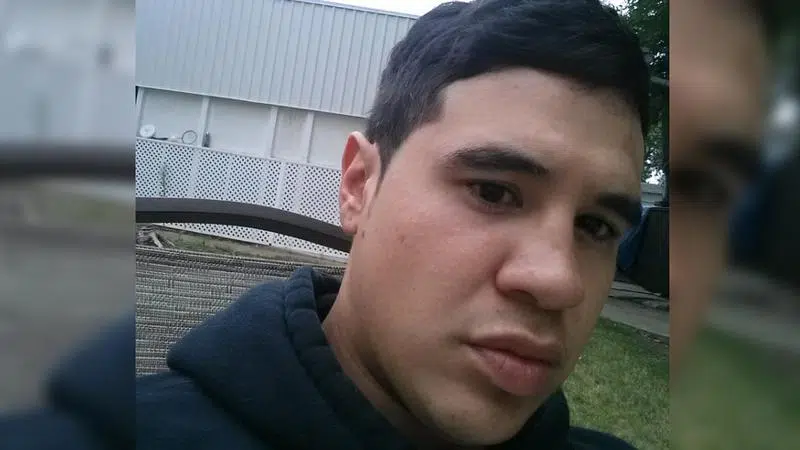
Jury calls for better policies at prison as Cozart inquest wraps up
Content warning: This story contains content describing suicide.
A six-person jury consisting of three men and three women required less than two hours to deliberate as the inquest into the death of Curtis Cozart wrapped up Wednesday afternoon at Prince Albert’s Coronet Hotel.
The intent of a coroner’s inquest is not to find fault, but rather is a discovery of facts before a jury which then issues recommendations to prevent similar deaths.
Correctional officers found the 30-year-old Moose Jaw man hanging in his cell at the Saskatchewan Penitentiary on May 23, 2017. He was pronounced deceased in hospital the next day.


